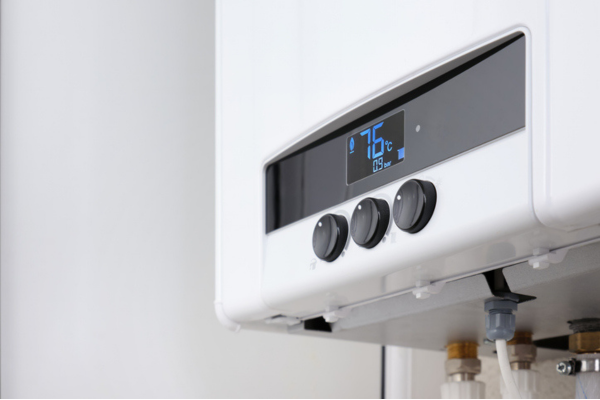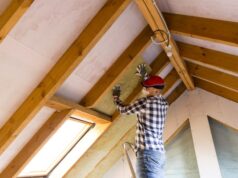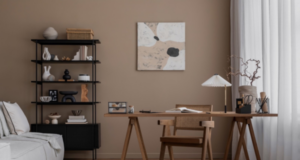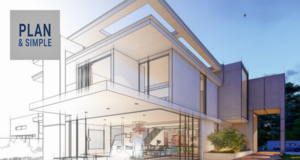
A clear budget is essential for managing costs and avoiding financial stress during a build or renovation. It helps you plan realistically, compare quotes accurately and make informed decisions throughout the project.
Start with your total available funds
List all available funds, including savings, loans or rebates, and set aside a contingency buffer. Break down your budget into categories such as design and approvals, site works, construction, finishes, landscaping and permits.
Understand current construction costs
Construction costs in Australia typically range between $1,800 to $4,000 per square metre depending on the location, type of build and level of finish. Metropolitan areas tend to be more expensive than regional locations. These figures can vary, so seek updated cost estimates relevant to your project scope.
Factor in rising costs and inflation
Material prices have stabilised somewhat since previous spikes, but labour costs remain high due to ongoing shortages of skilled trades. Across most states, overall cost increases are forecast to remain around four to six percent over the next year.
Where does your money go?
- Major expenses: foundations, windows and custom joinery often take up the largest portion of the budget
- Finishes and fit‑outs: kitchens, bathrooms, tiling and cabinetry can push costs up if not planned carefully
Avoiding budget blowouts
- Compare quotes carefully to ensure specifications and inclusions match
- Account for prime cost items and provisional sums, as these can quickly add up
- Create a priority list for features you must have and keep optional items separate for when the budget allows
Include all necessary costs
Don’t forget additional expenses beyond construction:
- Site-specific costs such as retaining walls, soil issues or demolition
- Council fees and permits including energy ratings, planning approvals and inspections
- Professional fees for architects, engineers, surveyors and consultants
Plan for a contingency
Allow at least 10 percent of your total budget for unforeseen issues. For older homes or heritage renovations, increase this to 15–20 percent to cover unexpected structural or compliance requirements.
Track costs throughout the project
Monitor your budget regularly using a spreadsheet or tracking tool. Record all invoices, payments and variations as they occur to avoid surprises and adjust spending as required.
Prioritise where to spend
Allocate higher quality finishes and fittings to key areas like kitchens and bathrooms. Use more cost‑effective options in spaces with lighter use, such as laundries or hallways.





